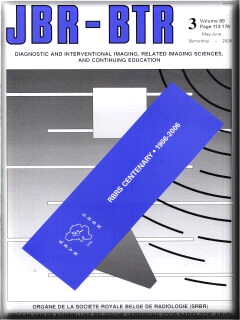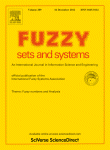This is a non-exhaustive list of NMR related events taking place in 2012:
- 12-13 March – Bio-NMR Meeting, Barcelona, Spain
- 15-20 April – 53rd ENC, Miami, FL, USA
- 5-11 May – 20th ISMRM Meeting & Exhibition, Melbourne, Australia
- 26-29 June – 11th International Conference on Magnetic Resonance in Food, Wageningen, NL
- 1-5 July – EUROMAR 2012, University College, Dublin, Ireland
- 29 July-3 August – Gordon Research Conference: In Vivo Magnetic Resonance, Waterville, ME, USA
- 19-24 August – 25th ICMRBS – MR in Biological Systems, Lyon, France
- 5-8 September – 2012 World Molecular Imaging Congress, Dublin, Ireland
- 4-9 September – 37th FEBS Congress, Seville, Spain
- 9-12 September – SMASH 2012, Providence, RI, USA
- 25 – 28 September – IV Ibero-American NMR Meeting, Aveiro, Portugal
- 4-6 October – 29th ESMRMB Congress, Lisbon, Portugal
For more thorough lists of events, check these sites:
- Forthcoming MR Events at Stan’s site
- Upcoming NMR Events and Conferences at Canada’s Field NMR Facility for Solids
- NMR Events, MRI Events and Users’ Meetings at Bruker BioSpin web site.
 Non-Invasive grading of astrocytic tumours from the relative contents of myo-inositol and glycine measured by in vivo MRS”, Ana Paula Candiota, Carles Majós, Margarida Julià-Sapé, Miquel Cabañas, Juan José Acebes, Àngel Moreno-Torres, John R. Griffiths, Carles Arús; Journal Belge de Radiologie – Belgisch Tijdschrift voor Radiologie, 94, 319-329 (2011). DOI:
Non-Invasive grading of astrocytic tumours from the relative contents of myo-inositol and glycine measured by in vivo MRS”, Ana Paula Candiota, Carles Majós, Margarida Julià-Sapé, Miquel Cabañas, Juan José Acebes, Àngel Moreno-Torres, John R. Griffiths, Carles Arús; Journal Belge de Radiologie – Belgisch Tijdschrift voor Radiologie, 94, 319-329 (2011). DOI: 
